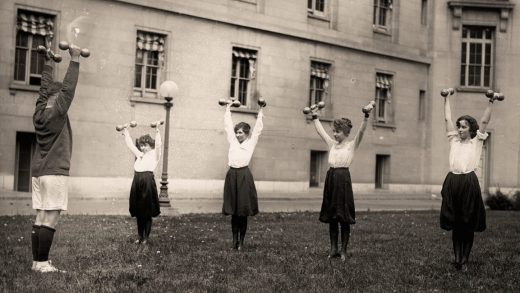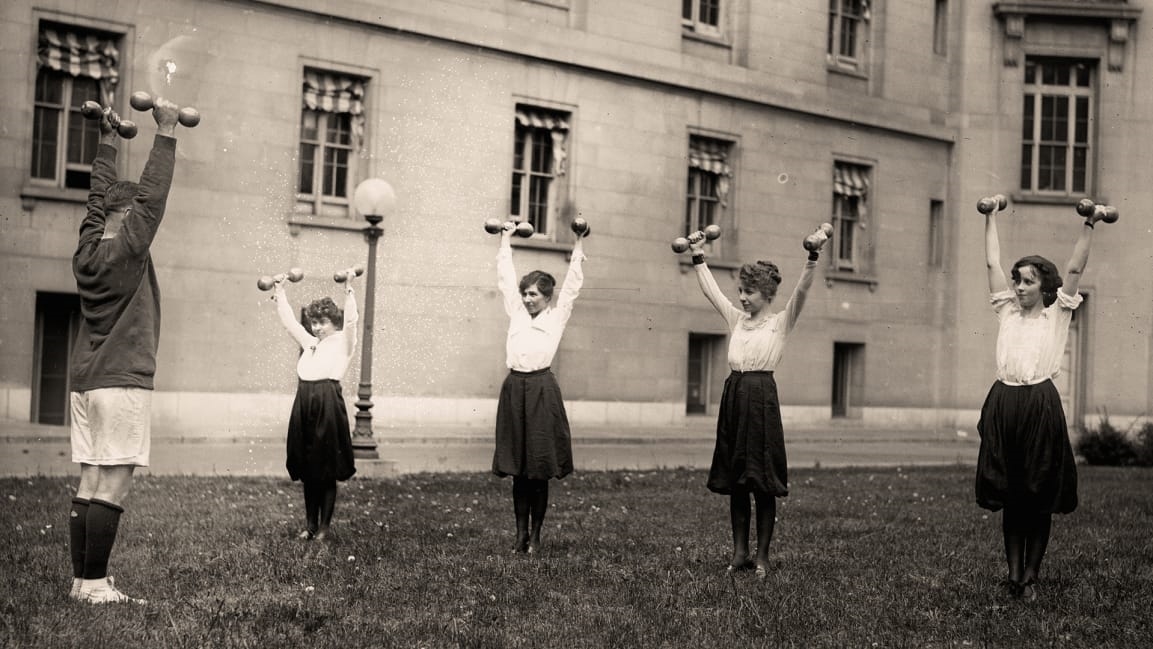The 4,000-year-old history of New Year’s resolutions and how they became big business
It’s that time again. People turning over a new leaf and pledging to be fitter, more productive, and overall better versions of themselves are gunning their mental engines for the start of 2019. This despite the fact that more than a quarter (27%) have left off trying by the first week of the new year and only a little over half make it through January, according to data from Statistic Brain.
Why do we even bother? Turns out, it’s a time-honored tradition that started about 4,000 years ago with the ancient Babylonians. Beginning with a 12-day religious festival (are we seeing a modern equivalent here?) called Akitu, the Babylonians crowned a new king or re-upped their devotion to the sitting ruler. At this time they also pledged to pay debts and return borrowed goods to keep in good standing with their gods.
Why January?
All this would happen in spring, around March of our current calendar. The January remake comes courtesy of the Romans, who initially did celebrate during the same time. Some historians believe that the date was moved to January in 300 B.C. because the Roman emperor was sworn in during that time and because fair weather marked battle season, the generals couldn’t make it.
Others believe that it was Julius Caesar who declared January 1 as the beginning of the new year around 46 B.C. The month was named after the god Janus, who had two faces. The Romans believed he was symbolically looking into both the past and the future and wielded such power that the Romans made sacrifices with promises to be good during the year ahead.
Along came the Christians who associated the beginning of the new year to reflect on past mistakes and vowing to change their bad behaviors. Flash forward to 1740, when John Wesley, the founder of Methodism, created the Covenant Renewal Service on December 31 or January 1. This “watch night” was set to counteract the parties and indulgences of the populace.
How these religious rituals made the leap to a secular tradition is harder to chart. Wendy Doniger, a retired professor formerly at the University of Chicago Divinity School, told the Atlantic, “The idea that you’re suddenly going to change is a magical idea. Religions are in charge of magic for most of us. This [idea] gets into the popular culture as well.” In this context, Doniger used “magic” to explain how faith and ritual call to forces beyond our control or understanding that influence us. She goes on to say that midnight also has magical connotations in nearly every religious tradition, which could explain why we countdown to midnight on New Year’s Eve.
How New Year became big business
Regardless of the modern intent of these ancient traditions, businesses have been profiting from resolutions for decades. To clarify, they profit from failed resolutions (which is a significant majority–see above).
For example, resolving to get fit (one of the most popular resolutions) often means hitting the gym or buying exercise equipment. That explains the spike in new memberships come January. However, most large fitness chains factor this in. NPR reports that even a big box gym has the capacity for about 300 people at any one time, but their member ranks usually exceed 6,000. And USA Today reports that the average gym membership costs just under $60 per month, and 67% of memberships go unused.
Ditto for quitting smoking. Those who toss their packs pledging never to take another puff often buy patches, vape pens, nicotine gum, and even enlist the help of a hypnotherapist, to help them stay away. There’s even a telemedicine product called Zero that for $129 will give you a personalized regimen along with nicotine gum and a medication to curb cravings. Factor in research from the National Institute of Health indicates that for many smokers it may take 30 or more quit attempts before being successful and these smoking cessation aids add up to big bucks.
Finally, for those who resolve to find the love of their lives in the coming year, Match.com was waiting. Several years ago the online dating site declared the first Sunday after the New Year as Dating Sunday. Activity on the site as well as dating apps is predicted to spike as in years past. Over 44 million Tinder matches were made on Dating Sunday last year, compared to around 26 million on an average day. And while some apps and sign-ups are free, there is money to be made when people meet up for coffee, dinner, drinks, etc., even if the date doesn’t turn into a relationship.
(28)



